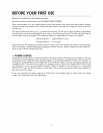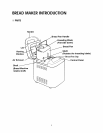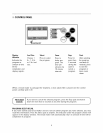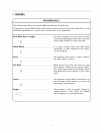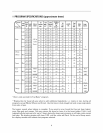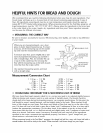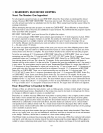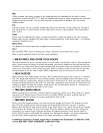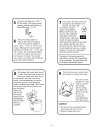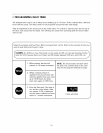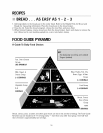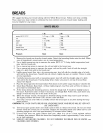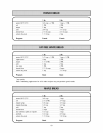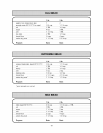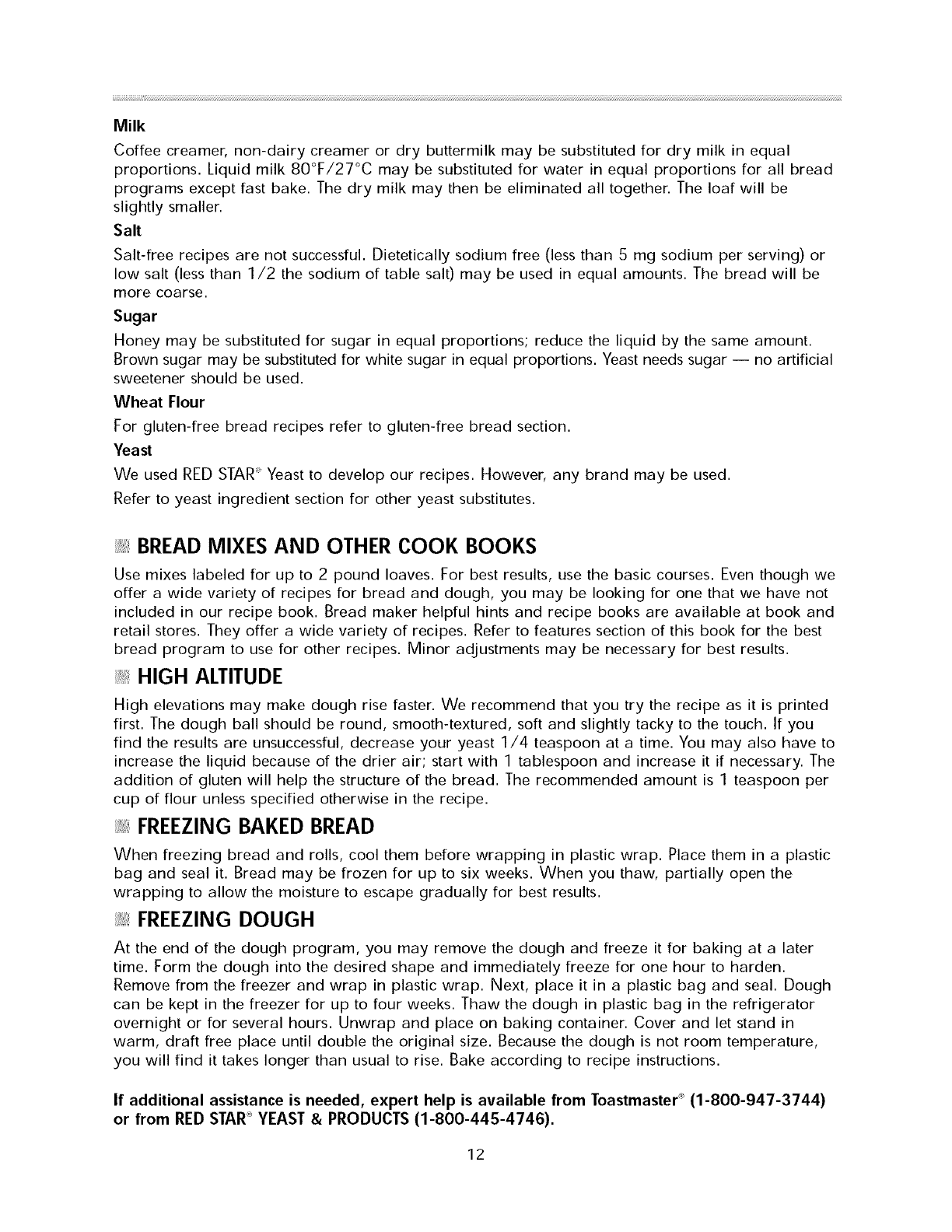
Milk
Coffee creamer, non-dairy creamer or dry buttermilk may be substituted for dry milk in equal
proportions. Liquid milk 80°F/27°C may be substituted for water in equal proportions for all bread
programs except fast bake. The dry milk may then be eliminated all together. The loaf will be
slightly smaller.
Salt
Salt-free recipes are not successful. Dietetically sodium free (less than 5 mg sodium per serving) or
low salt (less than 1/2 the sodium of table salt) may be used in equal amounts. The bread will be
more coarse.
Sugar
Honey may be substituted for sugar in equal proportions; reduce the liquid by the same amount.
Brown sugar may be substituted for white sugar in equal proportions. Yeast needs sugar -- no artificial
sweetener should be used.
Wheat Flour
For gluten-free bread recipes refer to gluten-free bread section.
Yeast
We used RED STAR+'Yeast to develop our recipes. However, any brand may be used.
Refer to yeast ingredient section for other yeast substitutes.
BREAD MIXES AND OTHER COOK BOOKS
Use mixes labeled for up to 2 pound loaves. For best results, use the basic courses. Even though we
offer a wide variety of recipes for bread and dough, you may be looking for one that we have not
included in our recipe book. Bread maker helpful hints and recipe books are available at book and
retail stores. They offer a wide variety of recipes. Refer to features section of this book for the best
bread program to use for other recipes. Minor adjustments may be necessary for best results.
HIGH ALTITUDE
High elevations may make dough rise faster. We recommend that you try the recipe as it is printed
first. The dough ball should be round, smooth-textured, soft and slightly tacky to the touch. If you
find the results are unsuccessful, decrease your yeast 1/4 teaspoon at a time. You may also have to
increase the liquid because of the drier air; start with 1 tablespoon and increase it if necessary. The
addition of gluten will help the structure of the bread. The recommended amount is 1 teaspoon per
cup of flour unless specified otherwise in the recipe.
FREEZING BAKED BREAD
When freezing bread and rolls, cool them before wrapping in plastic wrap. Place them in a plastic
bag and seal it. Bread may be frozen for up to six weeks. When you thaw, partially open the
wrapping to allow the moisture to escape gradually for best results.
FREEZING DOUGH
At the end of the dough program, you may remove the dough and freeze it for baking at a later
time. Form the dough into the desired shape and immediately freeze for one hour to harden.
Remove from the freezer and wrap in plastic wrap. Next, place it in a plastic bag and seal. Dough
can be kept in the freezer for up to four weeks. Thaw the dough in plastic bag in the refrigerator
overnight or for several hours. Unwrap and place on baking container. Cover and let stand in
warm, draft free place until double the original size. Because the dough is not room temperature,
you will find it takes longer than usual to rise. Bake according to recipe instructions.
If additional assistance is needed, expert help is available from Toastmaste( + (1-800-947-3744)
or from RED STAR'°'YEAST & PRODUCTS (1-800-445-4746).
12



